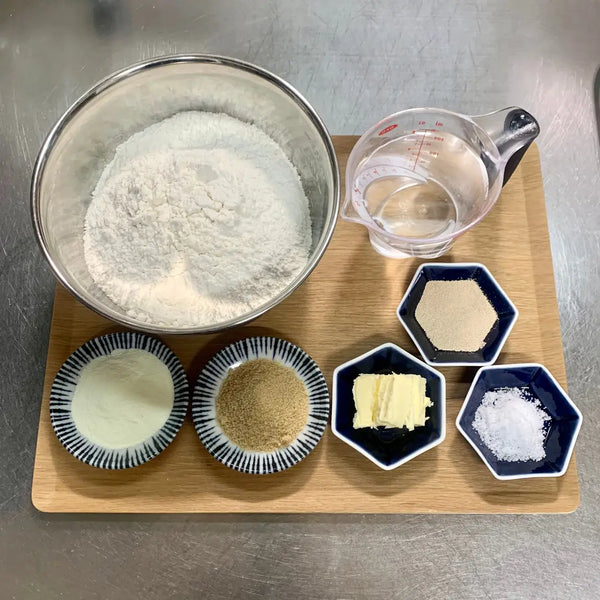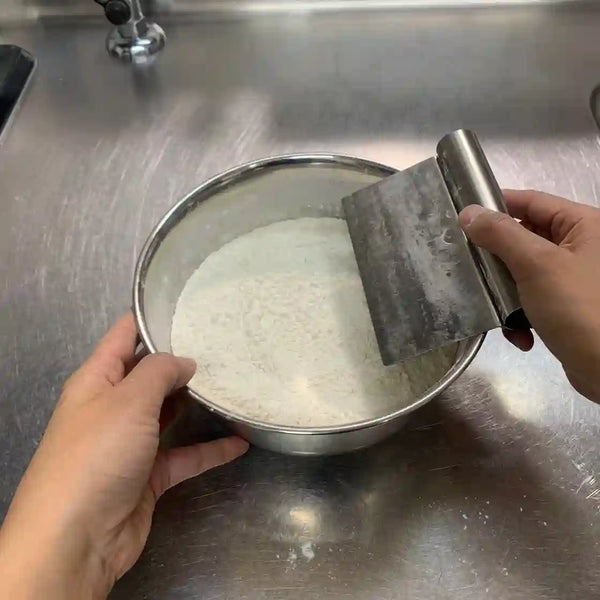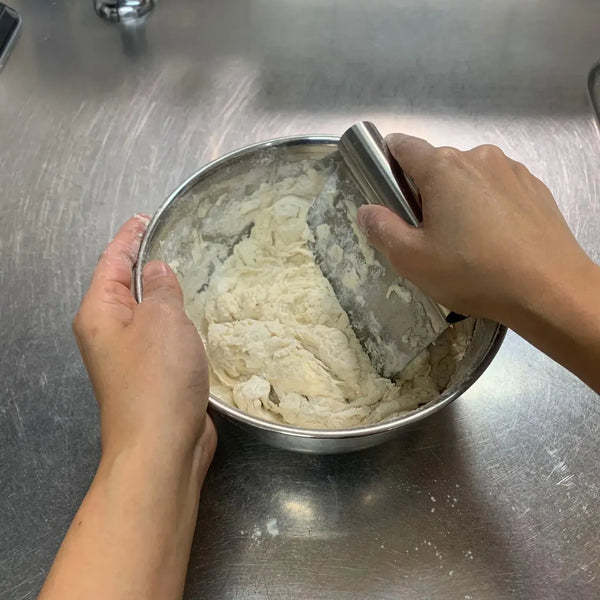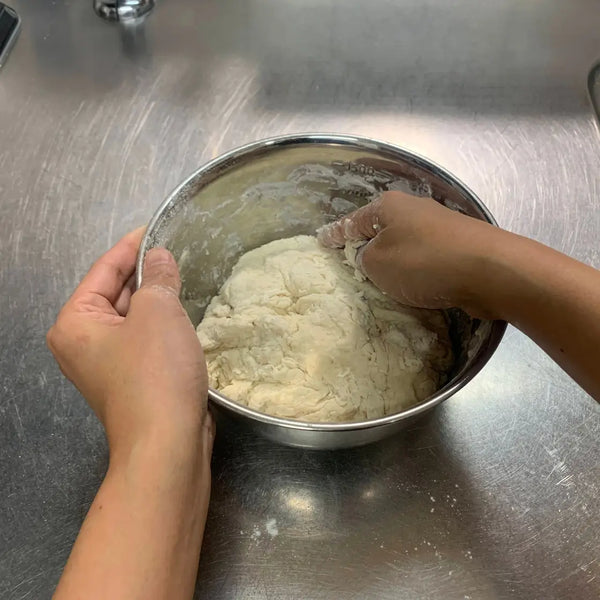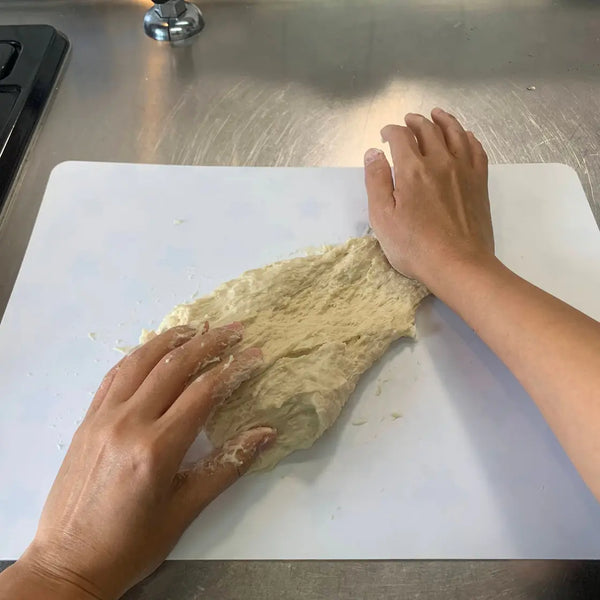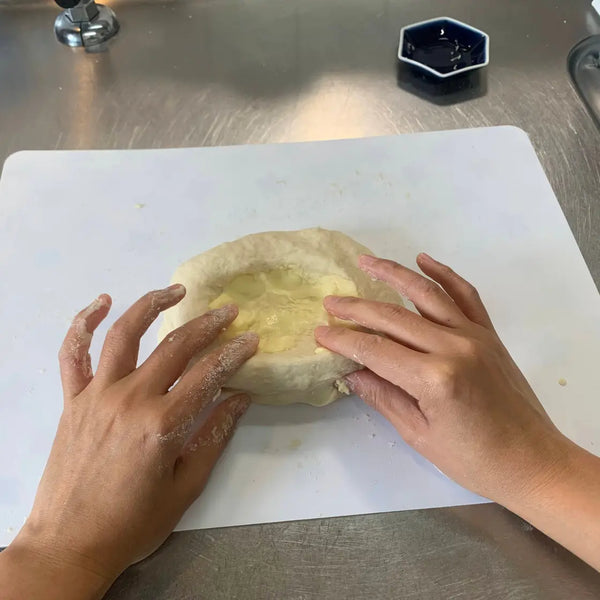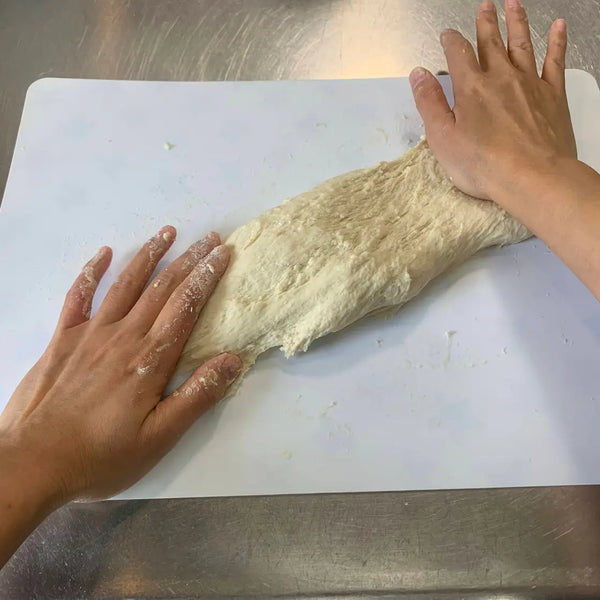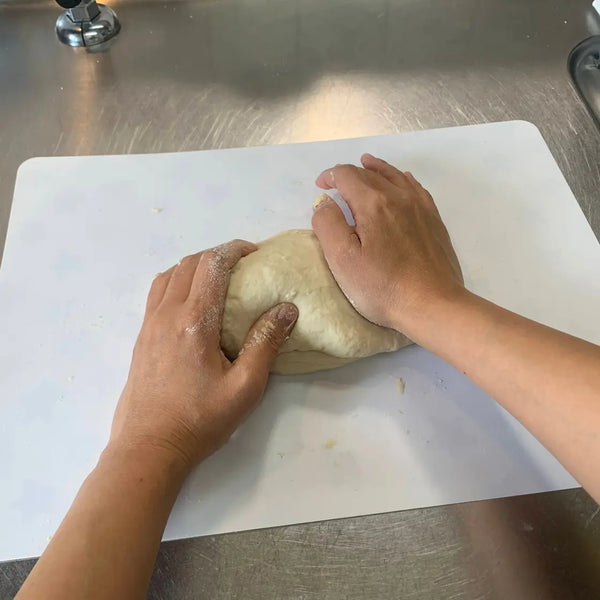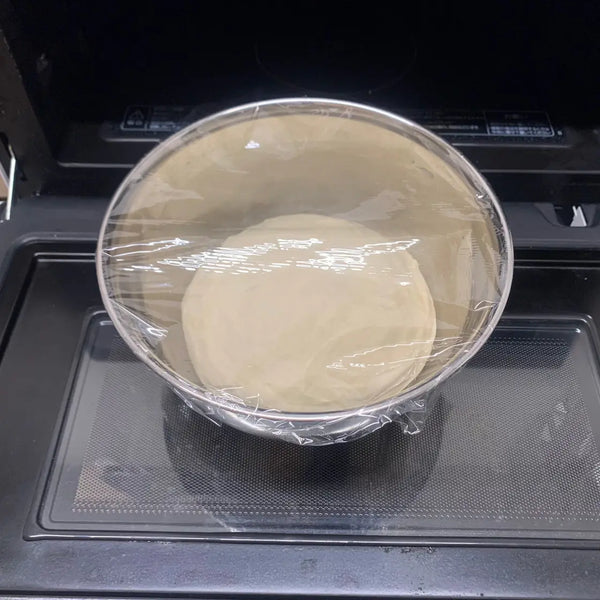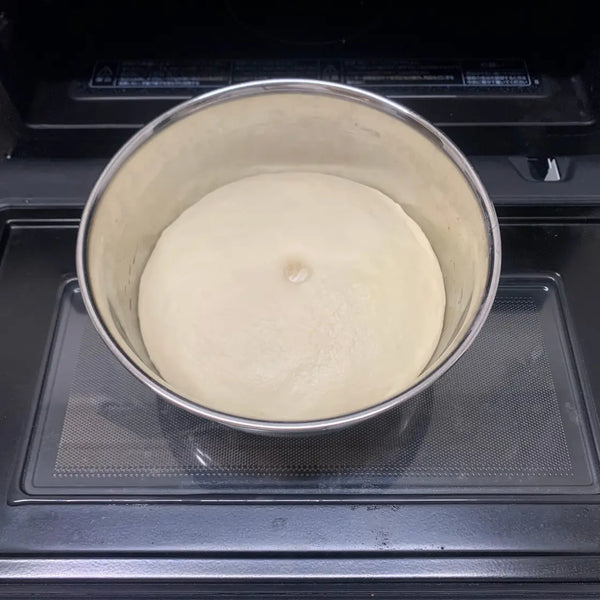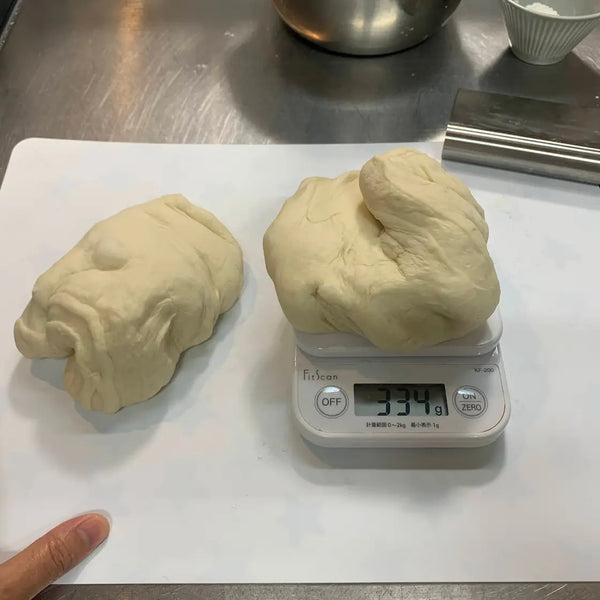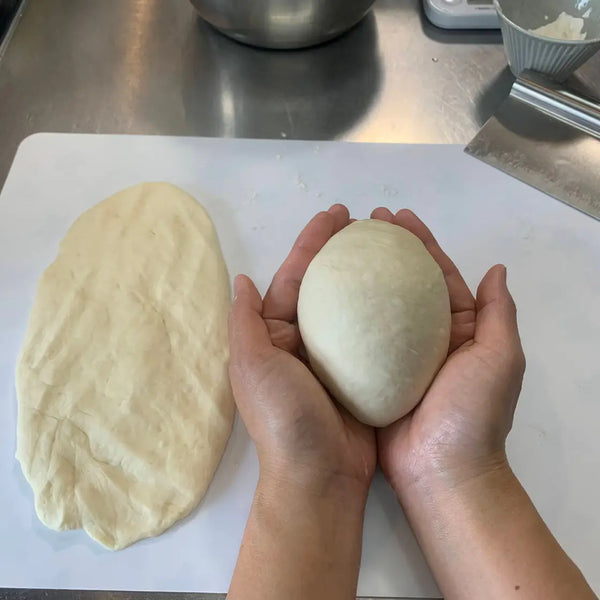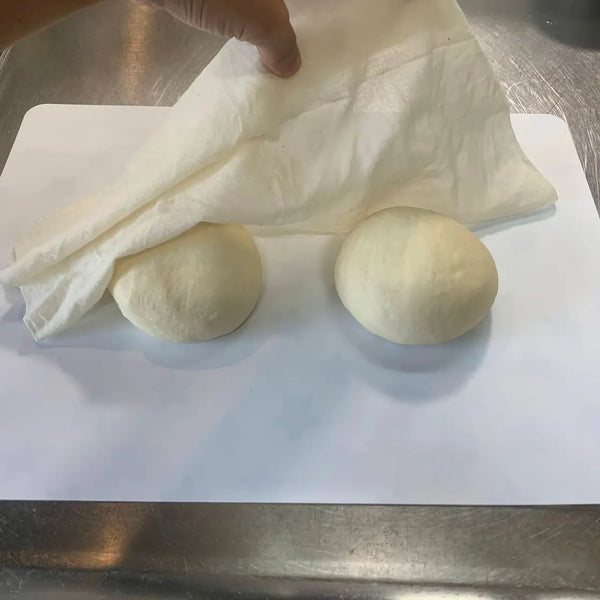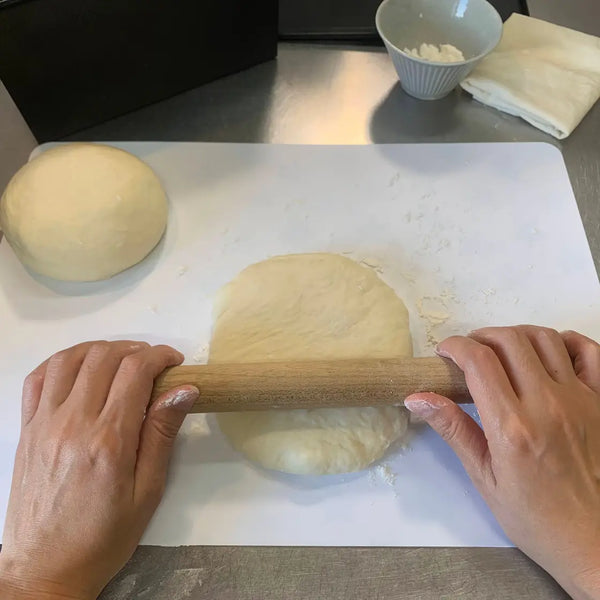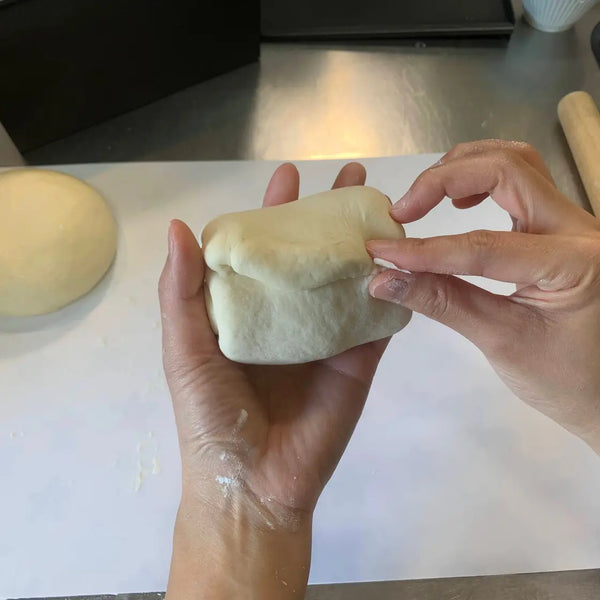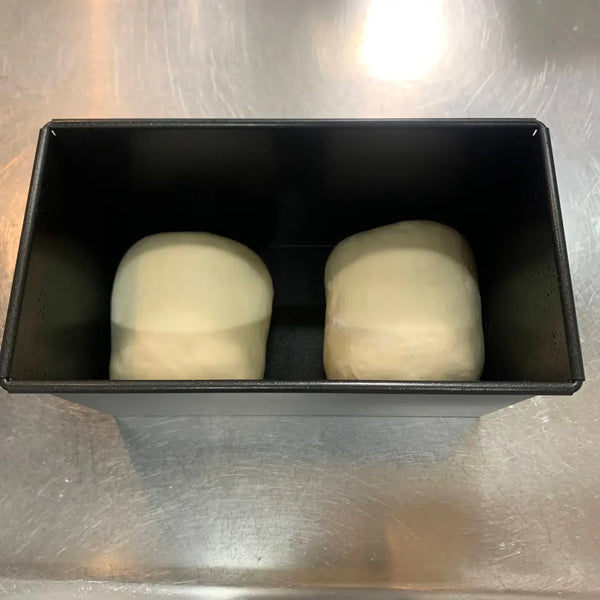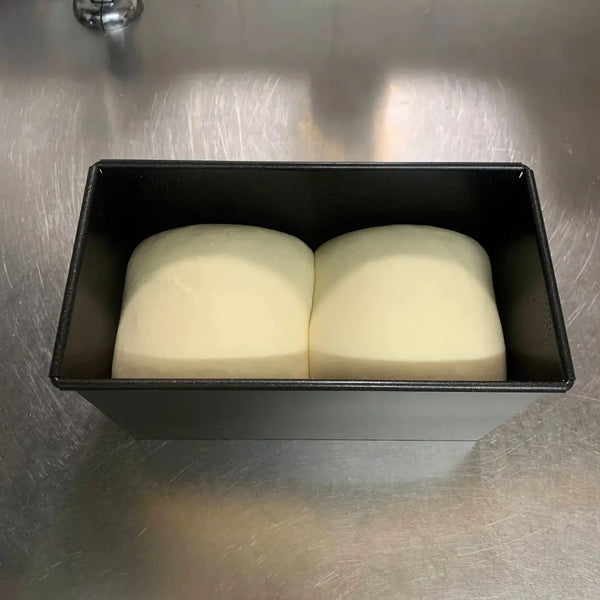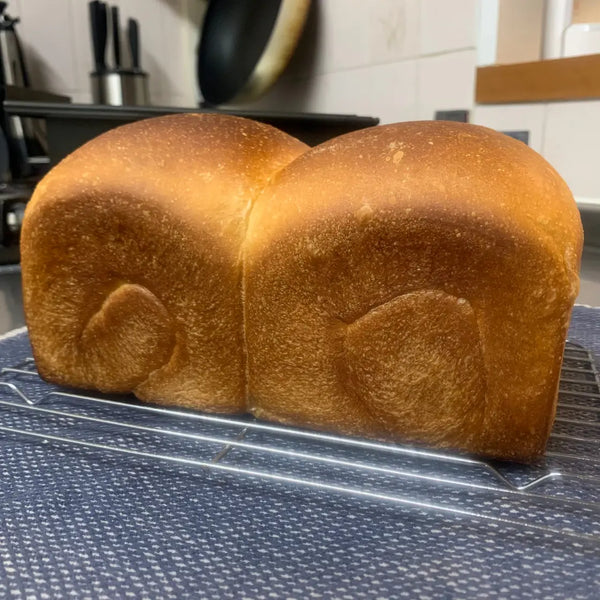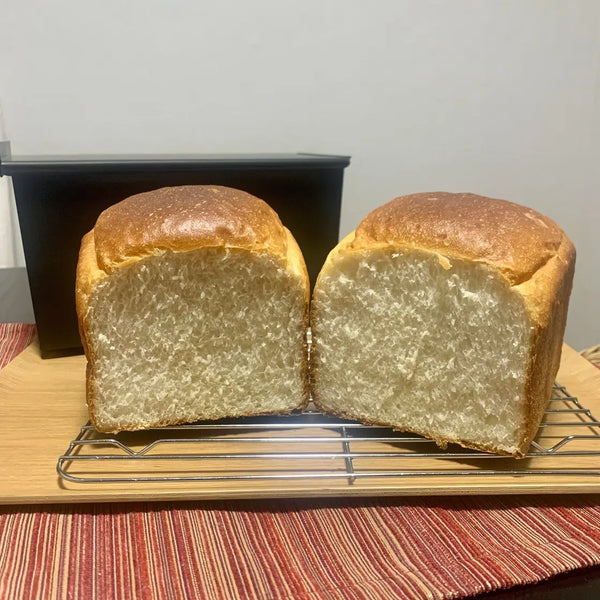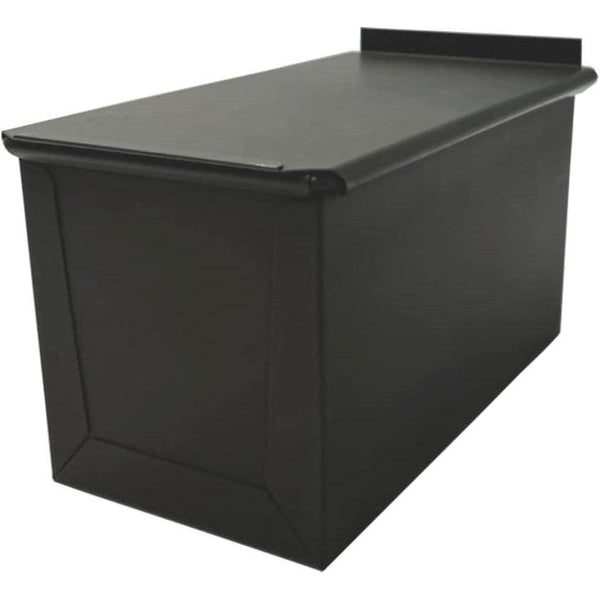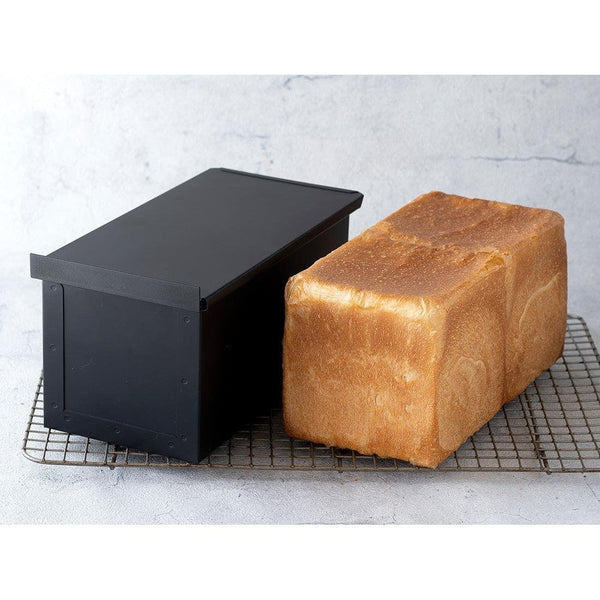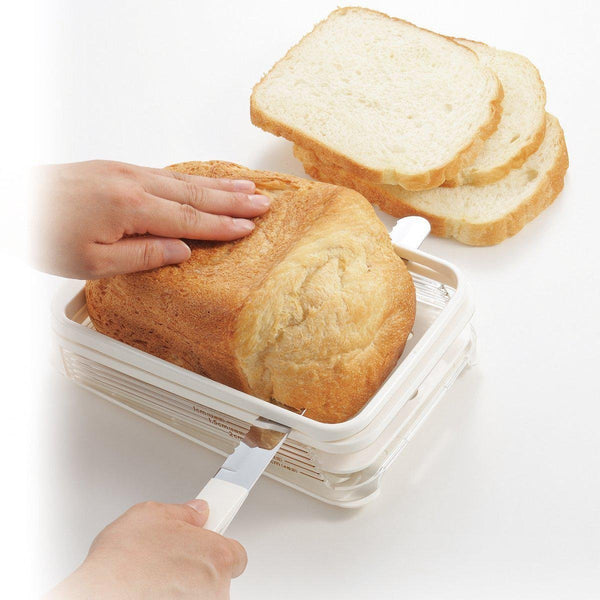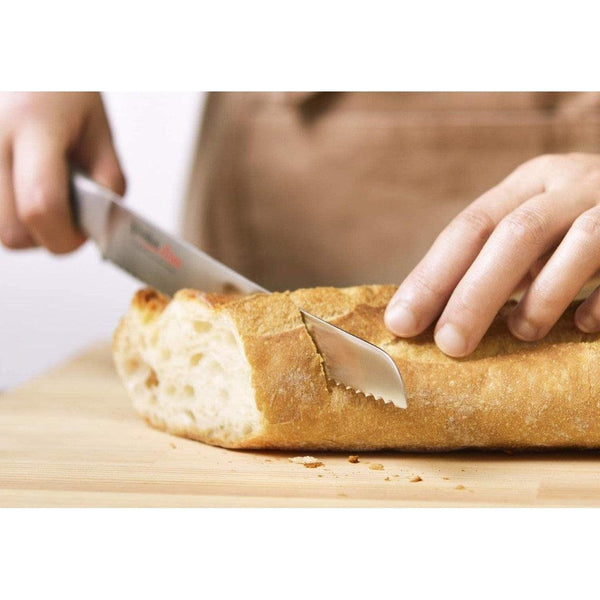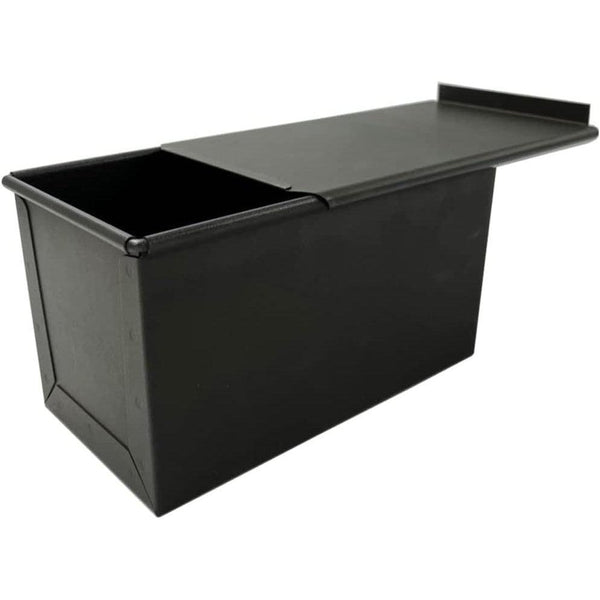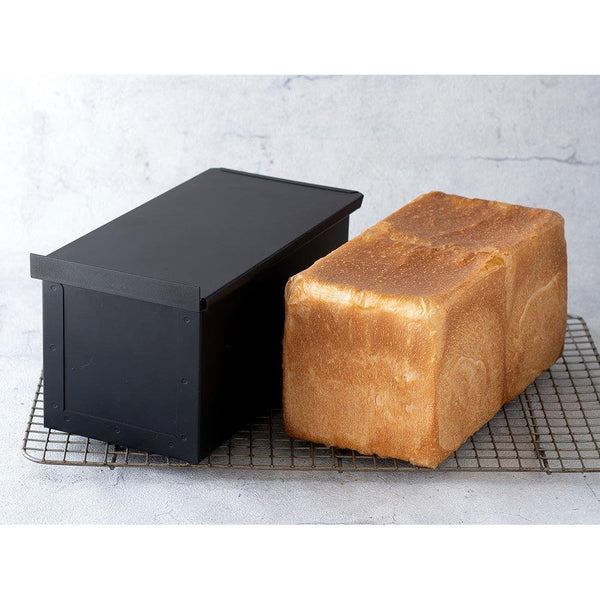
Shokupan is a Japanese milk bread baked in a rectangular-shaped mold. The inside of shokupan is soft and fluffy, while the crust is crunchy and firm. It is the bread most familiar to Japanese people and is the go-to choice of bread for sandwiches and toast.
While the concept of bread has been known in Japan since the 16th century, shokupan is thought to have been first introduced to Japan in the 1860s. Once the popularity of shokupan picked up around the country, it was often included in the form of sandwiches for Japanese school lunches, after World War II.
Nowadays, Japanese regularly consume shokupan at home, by eating thick slices of it with butter or jam. Shokupan can be enjoyed in a variety of ways, both sweet and savory, depending on how thickly it is sliced. It also makes for a quick, filling, and delicious option for breakfast. Recently, whole wheat shokupan has also been gaining popularity as a healthier shokupan option.
Japanese supermarkets offer a wide selection of shokupan varieties. In fact, shokupan is so commonly consumed that there are even specialty stores that make their own signature shokupan. These types of shops create tasty bread using unique ingredients and fermentation techniques to give the bread a distinguished taste.
Shokupan is very moisture-sensitive food, and if stored at room temperature, it will become moldy quickly. In only 2 to 3 days, to be precise. If you cannot eat it right away, you can freeze it. Shokupan can be stored in the freezer for two weeks to up to one month.
Whenever you want to eat it, simply heat it in a toaster or oven until your preferred doneness. It will taste just like it was freshly baked again!
Today we’re going to share a recipe for a plain loaf of shokupan so that you can make it at home. We hope that you'll enjoy our recipe, and let us know if you try it out!
